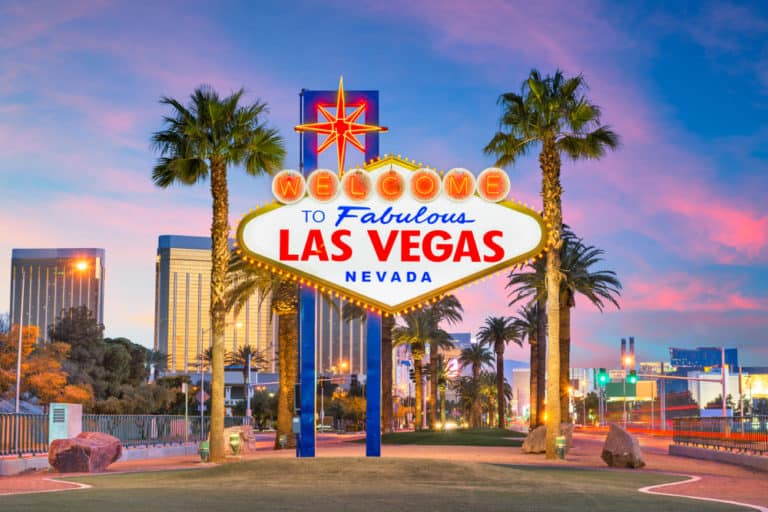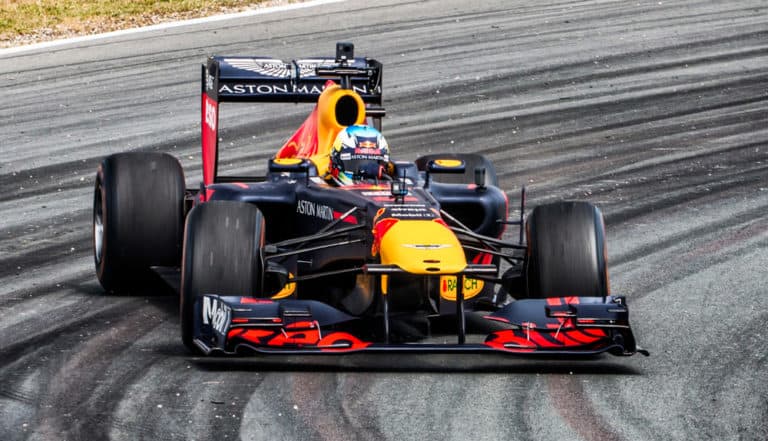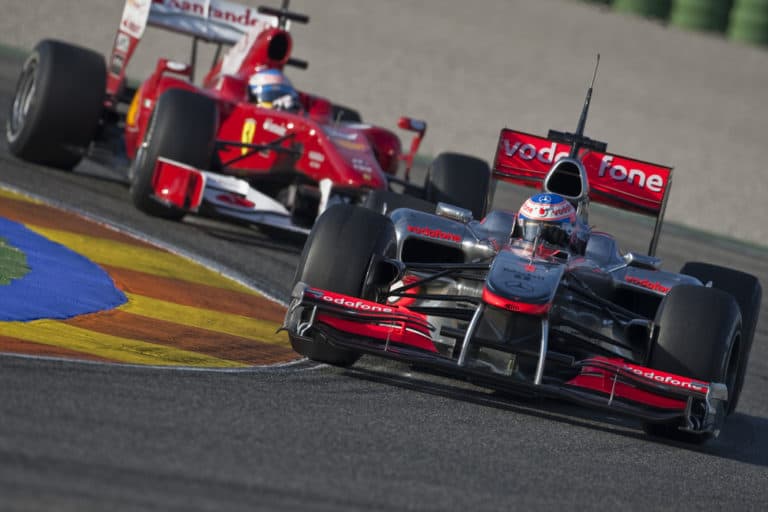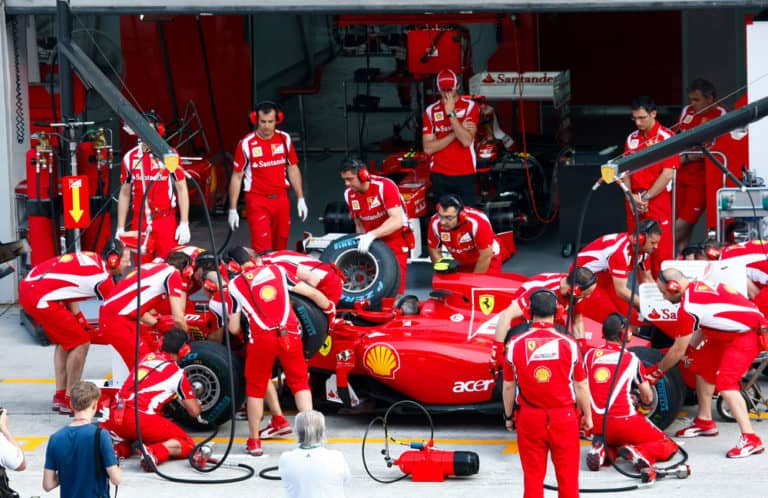Editorial credit: David Acosta Allely / Shutterstock.com
The 2010s was a fascinating decade, full of changes and where some of the sport’s legends were forged while others retired or faded away. The 2010s was an era marked mainly by two teams: Red Bull, which won all the titles from 2010 to 2013, and Mercedes, which succeeded them, winning everything from 2014 to 2020.
It was an era of absolute domination by these two teams, and in 10 years, there were only three world champions: Sebastian Vettel (2010-2013), Lewis Hamilton (2014, 2015-2019), and Nico Rosberg (2016). However, many teams, such as Ferrari or McLaren, did the impossible to win, with top drivers such as Fernando Alonso and Jenson Button.
In 2014, the noisy V8 engines were replaced by V6 turbo hybrid engines, which was a substantial change in the category, renewing it and taking it into the future while new young talents emerged. Likewise, in terms of the public, F1 also underwent a substantial revolution through its new owners, Liberty Media, focusing it on a broader and younger audience.
A lot happened during those years. Therefore, today we will review some of the highlights of this great decade.
1. Sebastian Vettel – The Youngest World Champion Ever
The 2010 season was one of the most exciting of the decade, with numerous teams and drivers closely matched and fighting for the title. After the 2009 season, dominated by Brawn GP, which Mercedes bought, there was a question mark over which team would succeed it.
Red Bull, Ferrari, and McLaren soon established themselves as the leading contenders for the title, being very evenly matched and sharing the victories, with their drivers exchanging the world championship lead.
Such was the equality that 4 drivers arrived with a chance of winning the title in the final round, the Abu Dhabi GP, held at the Yas Marina Circuit. Fernando Alonso led the championship with 246 points, followed by the Red Bulls of Mark Webber and Sebastian Vettel, with 238 and 231 points, respectively. Slightly behind was Lewis Hamilton’s McLaren, with 222 points.
Against all odds, Sebastian Vettel won the last race. He took his first title, becoming, at 23 years and 134 days, the youngest world champion in history, without ever leading the championship until that moment. That was the beginning of his dominant period in the category with Red Bull, in which they would win 4 drivers’ and 4 constructors’ titles in a row until 2013.
2. The Longest Race In History – 2011 Canadian GP
The 2011 Canadian Grand Prix was not just another race but one to remember, in which everything happened and even caused some Formula 1 regulations to change. That weekend was marked by heavy rain, which made for a crazy race.
On Sunday, the race started under Safety Car due to heavy rain and poor visibility, and on lap 26, it was suspended due to poor conditions and restarted again 2 hours later. Jenson Button, who started seventh and dropped to the back of the grid due to some incidents, made a spectacular comeback, taking the lead on the last lap after a mistake by Sebastian Vettel.
The Briton, who made no less than six pit stops, crossed the finish line more than four hours after the start, setting the record for the longest race in Formula 1 history. He also set the record for the winner of a GP with the most stops.
Due to this race, for the 2012 season, a 4-hour time limit was introduced for races, which was decreased to 3 hours in 2021.
3. The Most Unexpected Win – Maldonado, 2012 Spanish GP
The 2012 season was characterized by great equality among the teams, with 7 different winners in the first 7 races. One of them, surprisingly, was Pastor Maldonado and his Williams-Renault.
The Venezuelan’s victory was perhaps the most unexpected of the decade. Maldonado, known for his fearfulness on the track and the many accidents he was involved in during his racing career, made his debut in 2011 with the British team, which only scored 5 points in 2011.
For 2012, the team switched to Renault engines, making a qualitative leap and consolidating itself as a midfield team, but far from the winning teams. For the fifth round of the season, the Spanish GP, the Venezuelan, was competitive throughout the weekend, qualifying second before the astonished eyes of everyone.
However, on Sunday, he started from pole position due to a penalty imposed on Hamilton. Fernando Alonso overtook the Venezuelan at the start, but through a great strategy, he undercut him to finish first, being the team’s first victory since 2004 and the last to date. As a curious fact, the team’s garage went up in flames after the race, causing some injuries.
4. The Race Of The Decade – 2012 Brazilian GP
The 2012 Brazilian Grand Prix was one of the best races in the history of Formula 1, where everything happened and where there was an intense fight for the title until the end between Sebastian Vettel and Fernando Alonso.
The German came in 13 points ahead of Alonso. In qualifying, the Spaniard was in a discreet eighth position, while Vettel was fifth, having everything in his hands to become world champion again, needing only to be fourth, while Alonso was required to be on the podium at least.
The drivers started on intermediate tires on Sunday due to the light rain. On the first lap, Vettel had a contact that caused him to spin and fall to the last position on the grid, damaging his car, while Alonso climbed up to third.
The German began to move up positions as the rain started to get heavier, with numerous accidents and position changes making for a crazy race. Finally, Vettel climbed up to sixth position, while Alonso finished second. Thus, the German won his third consecutive championship by only 3 points after a race in which the title changed hands on many occasions.
5. Hamilton Leaves McLaren For Mercedes – 2013 Season
Four years after winning his first title with McLaren, Hamilton made a decision that would change the rest of his career. The Briton, who had been with the Woking team for 4 seasons, achieving victories and podiums but only being able to compete for the championship in 2010, decided not to renew his contract at the end of 2012.
Thus, Hamilton left the team with which he had raced since he was a child and with which he had achieved so many successes. The Briton announced that from 2013 he would race for Mercedes, which after more than 50 years, had returned to Formula 1 in 2010, and since then had only achieved 1 victory and a few podiums.
Many questioned this decision, as McLaren was much more competitive than Mercedes at the time. However, over time it has proven to be the best decision. With the arrival of the hybrid era, the Silver Arrows have completely dominated the category. They have made Hamilton the statistically best driver in history, with 7 titles, 103 victories, 191 podiums, and 103 pole positions.
6. The Arrival Of The Hybrid Era – 2014 Season
For the 2014 season, perhaps the biggest change in Formula 1 in recent decades was introduced. The category switched from noisy 2.4-liter V8 engines to 1,600 cc V6 turbo-hybrid engines.
It was a decision that generated a lot of controversies initially. The new engines were characterized by a lack of sound, leaving behind the characteristic high-pitched noise of the old Formula 1 engine. The sound of the new engines was compared to a vacuum cleaner.
Many fans and even drivers were calling for the return of the noisy and powerful V8 engines. However, the FIA was focused on innovation and technology, wanting to leave behind the image of excess and expense. Thus, the category sought an image of efficiency and sustainability, in line with the new objectives of the automotive industry and what the brands wanted.
Since then, the V6 engines have undergone a spectacular evolution. If they were somewhat slower than the V8 today, we could say that they are the fastest and most efficient engines in history and have eliminated any doubt about their use.
7. The Start Of Mercedes’ Dominance – 2014 Season
If Red Bull had dominated the sport from 2010 to 2013, the arrival of hybrid engines opened up a new world of possibilities in which any constructor could impose itself over the rest. That ended up being Mercedes.
The Silver Arrows interpreted the new regulations better than anyone else, building the most powerful and reliable engines. Mercedes dominated the 2014 season from start to finish, with its two drivers, Nico Rosberg, and Lewis Hamilton, fighting for the title until the end, with the latter winning the championship.
From that season until 2020, Mercedes won it all: 7 drivers’ titles and 7 constructors’ titles in a row, marking one of the most dominant periods in the category’s history. The only one who could beat Hamilton during all those years was Rosberg, who won the championship in 2016, thus emulating his father Keke, and to everyone’s surprise, retiring after that.
Red Bull and Ferrari were the only teams that could come close to the Silver Arrows during all those years, scoring podiums consistently and occasional victories without becoming a title threat.
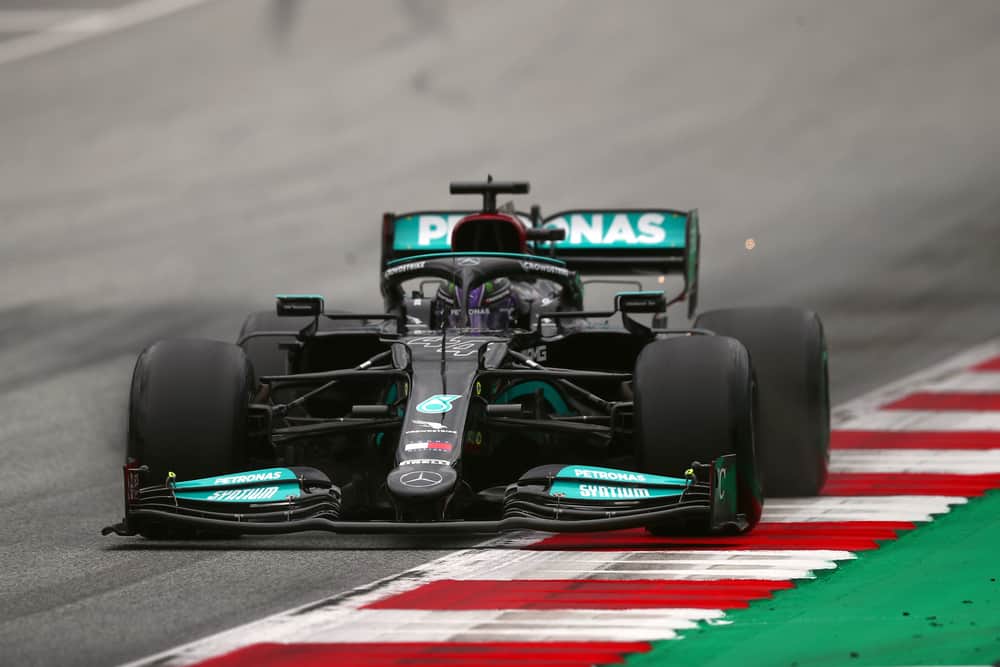
8. The Accident That Changed Everything – 2014 Japanese GP
While we experienced many positive things during the 2010s, some negative things tarnished the sport. For the first time in 20 years, a Formula 1 driver died from a racing accident, which seemed unthinkable due to the remarkable evolution of cars and circuit safety in recent decades.
That driver was Jules Bianchi, one of the young promises of Formula 1 at the time. Bianchi debuted in 2013 with the backmarker Marussia team, impressing everyone with his good results on track. The Frenchman scored points at the 2014 Monaco GP, finishing ninth, which was a great success for the team.
The tragedy occurred at the Japanese GP, a race marked by heavy rain and poor visibility. Following an accident by Adrian Sutil, the stewards waved yellow flags and brought a crane onto the track to remove his car. Bianchi, one lap later, lost control of his car in the same corner, going off the track and impacting the crane.
The Frenchman suffered severe head injuries and was then taken to the hospital, where he was induced into a coma. Bianchi remained in a coma until he finally died in July 2015. This was a black mark in the history of Formula 1. The decision to put a crane on the track without a Safety Car period was widely criticized.
This accident prompted greater safety in F1 and the use of the halo to better protect the drivers’ heads, which was finally introduced in 2018. Likewise, Formula 1 also introduced the Virtual Safety Car for this type of situation.
9. The Disastrous McLaren-Honda Partnership
In 2013, McLaren announced that for 2015 it would change engine supplier, leaving its association with Mercedes, with whom they had raced since 1995, winning the drivers’ titles in 1998, 1999, and 2008, and the constructors’ title in 1998.
The British team left Mercedes to start a partnership with the Japanese engine manufacturer Honda, with whom they achieved so much success in the late 80s and early 90s, with Ayrton Senna and Alain Prost as protagonists, in one of the team’s golden ages.
There was a lot of expectation for this partnership, as many thought that McLaren, stuck in midfield for a couple of years, would return to the top again. On top of that, double world champion Fernando Alonso joined the team, driving alongside Jenson Button, so expectations were very high.
However, the partnership between McLaren and Honda turned out to be a complete disaster, being one of the least competitive teams on the grid, with cars that could barely score. The partnership was broken at the end of 2017, and McLaren started using Renault engines.
10. Max Verstappen – The Youngest Race Winner
In 2015, Dutchman Max Verstappen was the youngest driver in Formula 1 history to make his debut, at just 17 years and 166 days. His strong performances with Toro Rosso in 2015 led to him being promoted to Red Bull in 2016 from the Spanish GP, replacing Daniil Kvyat.
Verstappen impressed the world, taking victory in his first race with Red Bull and becoming, at 18 years, 7 months, and 15 days, the youngest winner in history. His aggressive driving and great intelligence on the track soon made him one of the best drivers on the grid, called by many the greatest F1 talent of the last decades.
The Dutchman was the clearest image of the new generation of Formula 1 drivers, which was well prepared and ready to succeed the likes of Rosberg, Vettel, Räikkönen, Alonso, and Hamilton. Norris, Leclerc, Sainz, Ocon, and Gasly were some of the other talents that began to emerge alongside Verstappen.
11. The Dissolution Of Marussia – 2016
The Marussia team debuted in Formula 1 in 2010 as Virgin Racing and was a backmarker team with a limited budget. It survived in the category until 2016 when it was called Manor.
During all those years, the team was always looking for investors and sponsors to finance itself, as Formula 1 is an extremely expensive sport. From 2010 to 2016, the team only scored on 2 occasions: at the 2016 Monaco GP with a ninth position by Jules Bianchi and at the 2016 Austrian GP with a tenth position by Pascal Wehrlein.
Marussia always occupied the last positions on the grid until finally disbanding at the end of 2016. Of the three teams that debuted in 2010 (HRT, Caterham, and Virgin), Marussia was the one that endured the longest. HRT was dissolved at the end of 2012 and Caterham at the end of 2014.
These three teams were always last on the grid, far behind the rest, due to their lack of financial resources. The failure and disappearance of Marussia focused on these vast differences between the teams, and the need to establish a budget limit to reduce them, which materialized in 2020.
12. The Arrival Of Liberty Media – 2017
In 2017, a historic change took place in Formula 1. Bernie Ecclestone, who had been the head of Formula 1 since 1978, had been relieved of his duties as chief executive officer of the category’s management.
In 2017, the American media company Liberty Media bought the rights to Formula 1 for $4.4 billion, which brought considerable changes. While Ecclestone had been an essential part of the category, making it what it is today, he had a somewhat outdated and closed vision that did not fit the new times or generations.
Since the arrival of Liberty Media, there have been significant changes in the sport, modernizing it and making it attractive to new generations, using digital platforms for its promotion through social networks and shows such as Netflix’s “Drive To Survive,” as well as introducing regulatory and calendar changes.
All this has made Formula 1 more popular than ever, with millions of new fans worldwide every year, making the category one of its golden ages.
13. Vettel Couldn’t Hold On – 2018 German GP
As we said earlier, Mercedes has been the great dominator during the hybrid era, where neither Red Bull nor Ferrari could stand up to them during the 2010s. The only man who could stand up to them for a while was Sebastian Vettel during the first part of the 2018 season.
The German was at Hamilton’s level, taking 4 victories during the first part of the season and arriving at the German Grand Prix as championship leader, which made Ferrari’s dream. For the first time in the hybrid era, Mercedes was vulnerable.
However, at Hockenheim, after a few drops of rain, Vettel ended up in the wall. From that moment on, the German was not the same, declining in performance and making more mistakes, with Hamilton taking his fifth title at the end of the year.
14. The Fall Of Williams
Williams, with 9 constructors’ and 7 drivers’ championships during the 80s and 90s, is one of the most successful teams in Formula 1. However, the decade of 2010 was not particularly good for the British team.
After finishing third in the constructors’ championship in 2014 and 2015, scoring numerous podium finishes, Frank Williams’ team declined to the bottom of the grid, scoring 7 points in 2018 and only 1 in 2019.
While new teams such as Mercedes and Red Bull were emerging, Williams was declining from the mid-2000s until hitting rock bottom in the 2010s. This shows that in Formula 1, nothing is stable, and even if a team is a winner, it does not mean that it will remain so forever, and vice versa.
It’s a shame to see a team with as much history as Williams doing so poorly. We will have to see how it evolves during the 2020s.
15. Ferrari’s Leader – Leclerc, 2019 Season
After his excellent performance with Sauber in 2018, Charles Leclerc was promoted to Ferrari in 2019, being the new teammate of 4-time world champion Sebastian Vettel, which is not easy.
However, Leclerc could hold on under pressure and beat Vettel in 2019, consolidating his position as Ferrari’s new leader. The Monegasque scored 7 pole positions, 2 wins, and 10 podiums and finished fourth in the championship, while Vettel was fifth, with 2 pole positions, 1 win, and 9 podiums.
The outstanding performance of Leclerc, who also beat Vettel in 2020, was decisive in Vettel leaving Ferrari. The good results of the Monegasque were the consolidation of the new generation of Formula 1 drivers.
Along with Verstappen and Leclerc, drivers such as Norris, Sainz, Gasly, and Russell were increasingly making their mark in the category while becoming more and more popular among the fans.
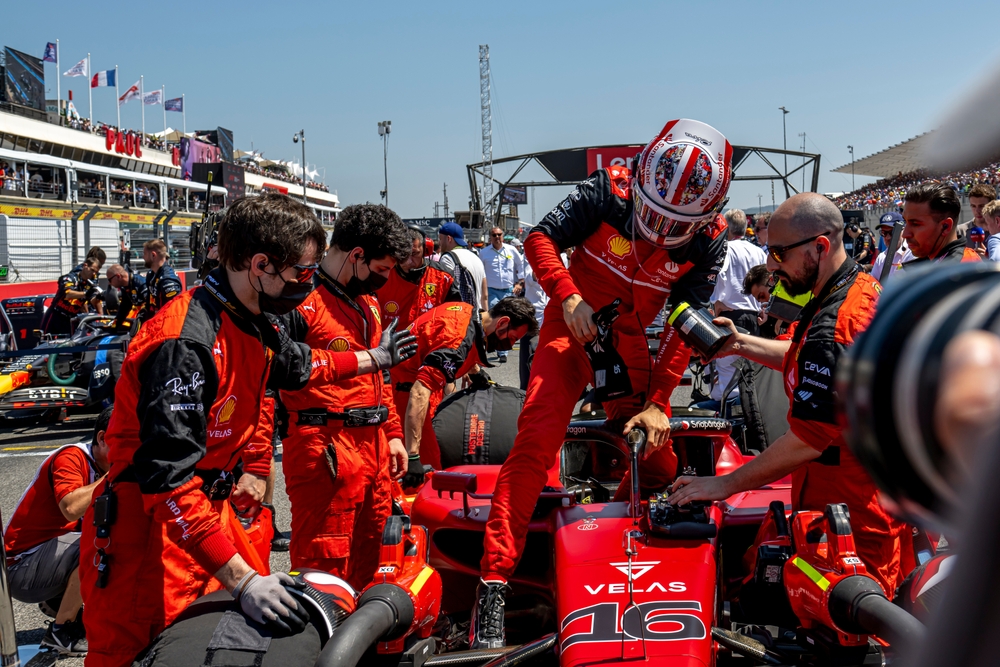
Sources
- https://www.skysports.com/f1/news/12433/11888975/f1-in-the-2010s-a-decade-of-drama
- https://www.crash.net/f1/feature/935083/1/f1-s-top-10-defining-moments-decade
- https://www.autosport.com/f1/news/the-f1-moments-that-defined-the-2010s-4982300/4982300/
- https://soymotor.com/noticias/se-cumplen-nueve-anos-de-brasil-2012-992581



